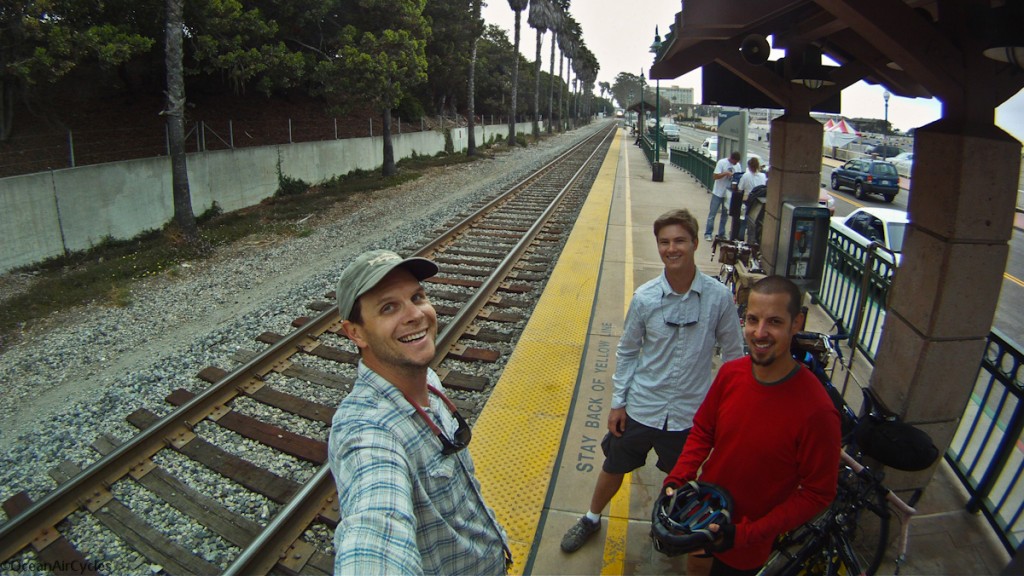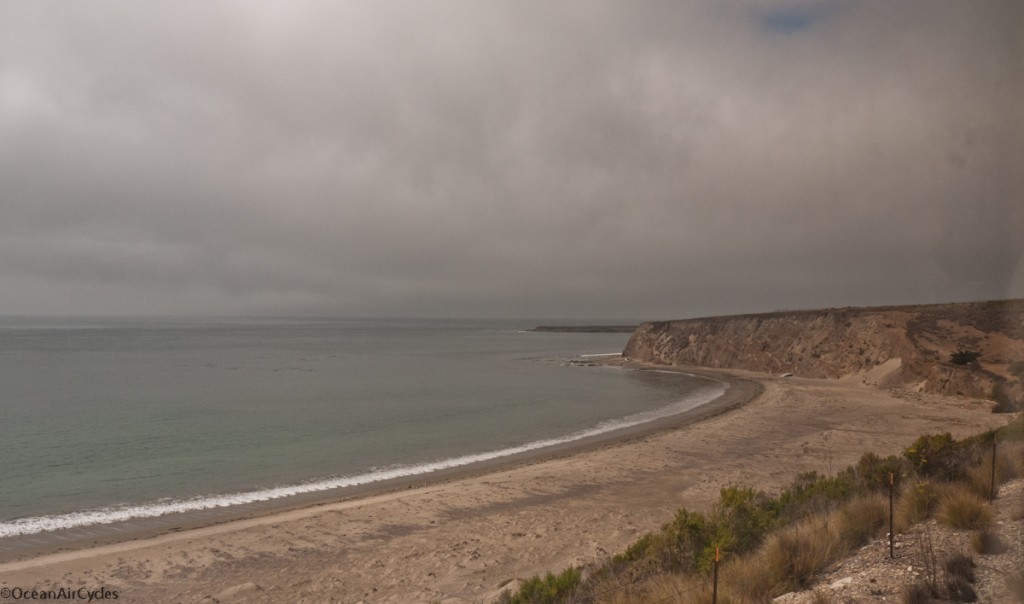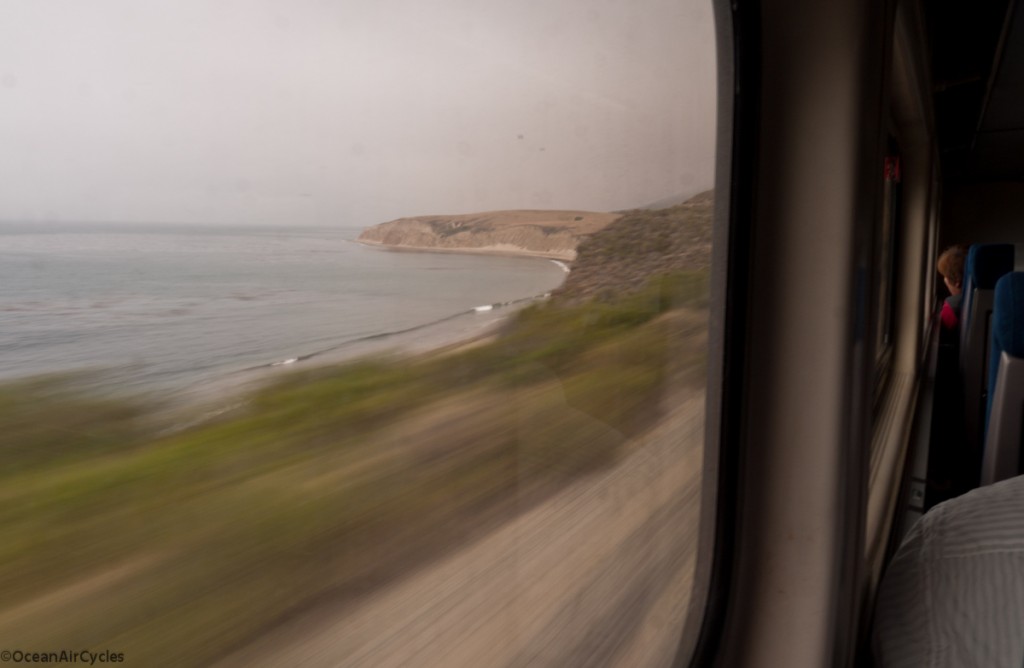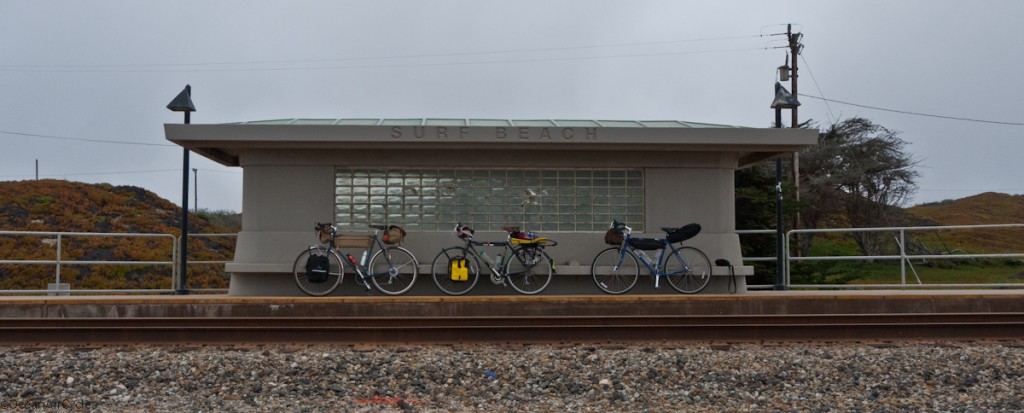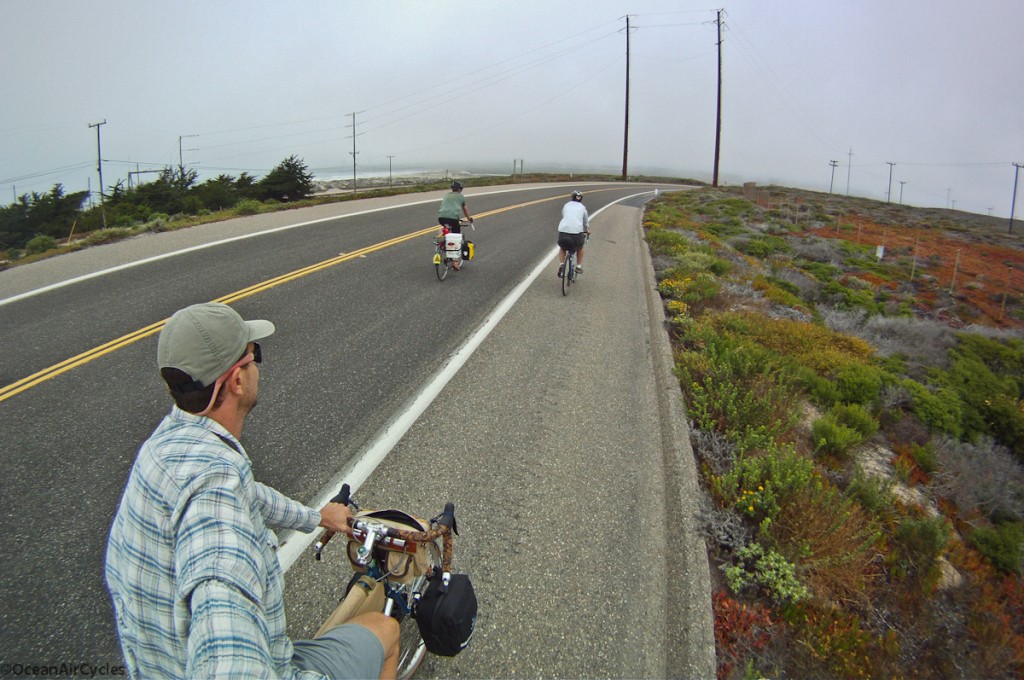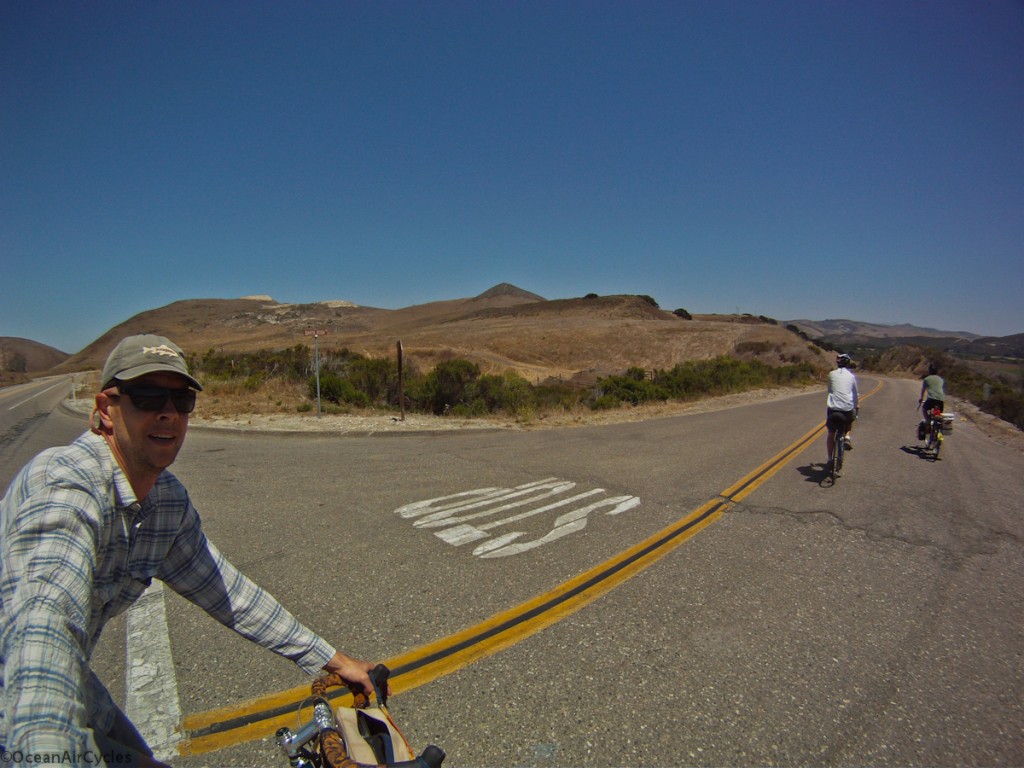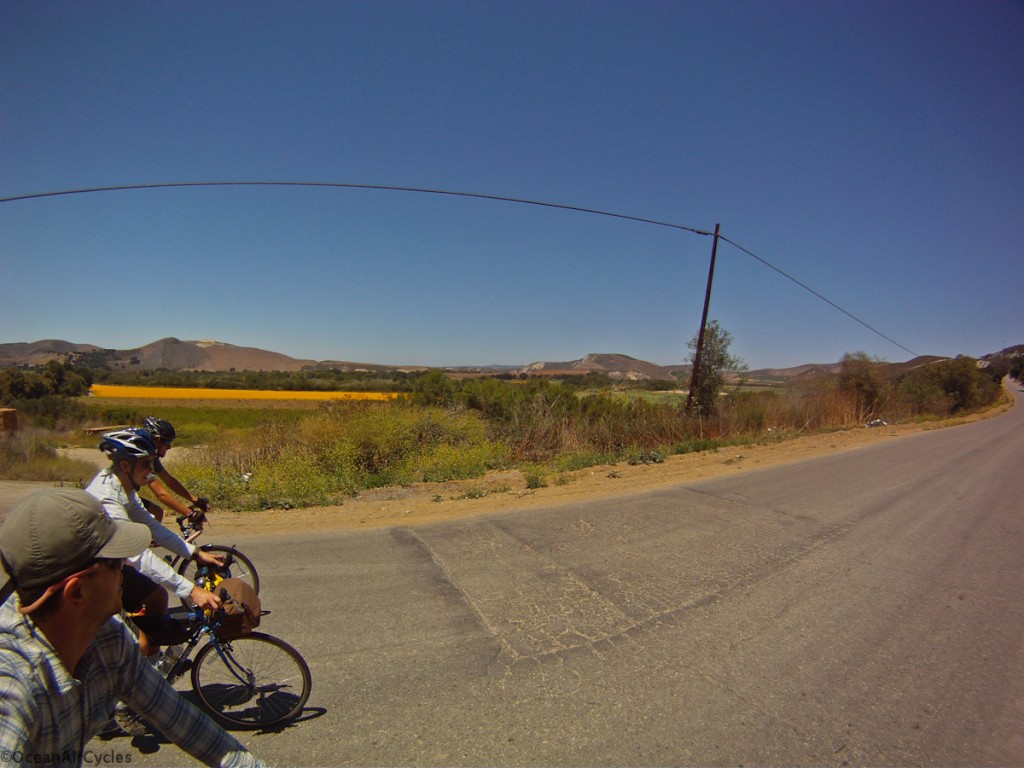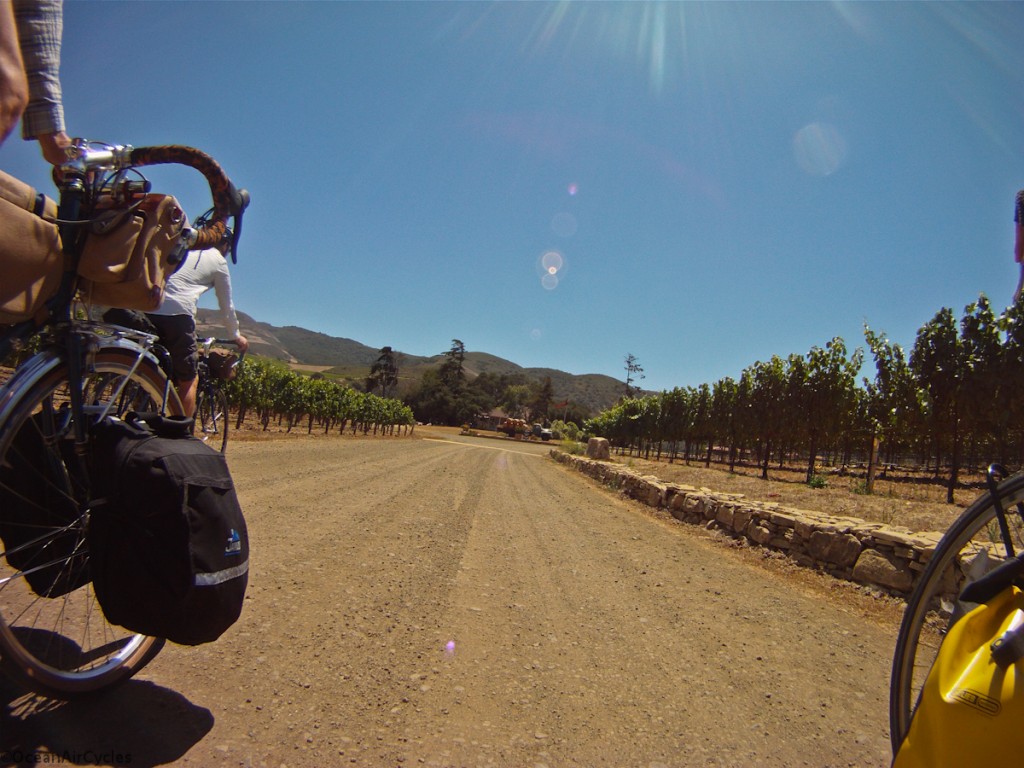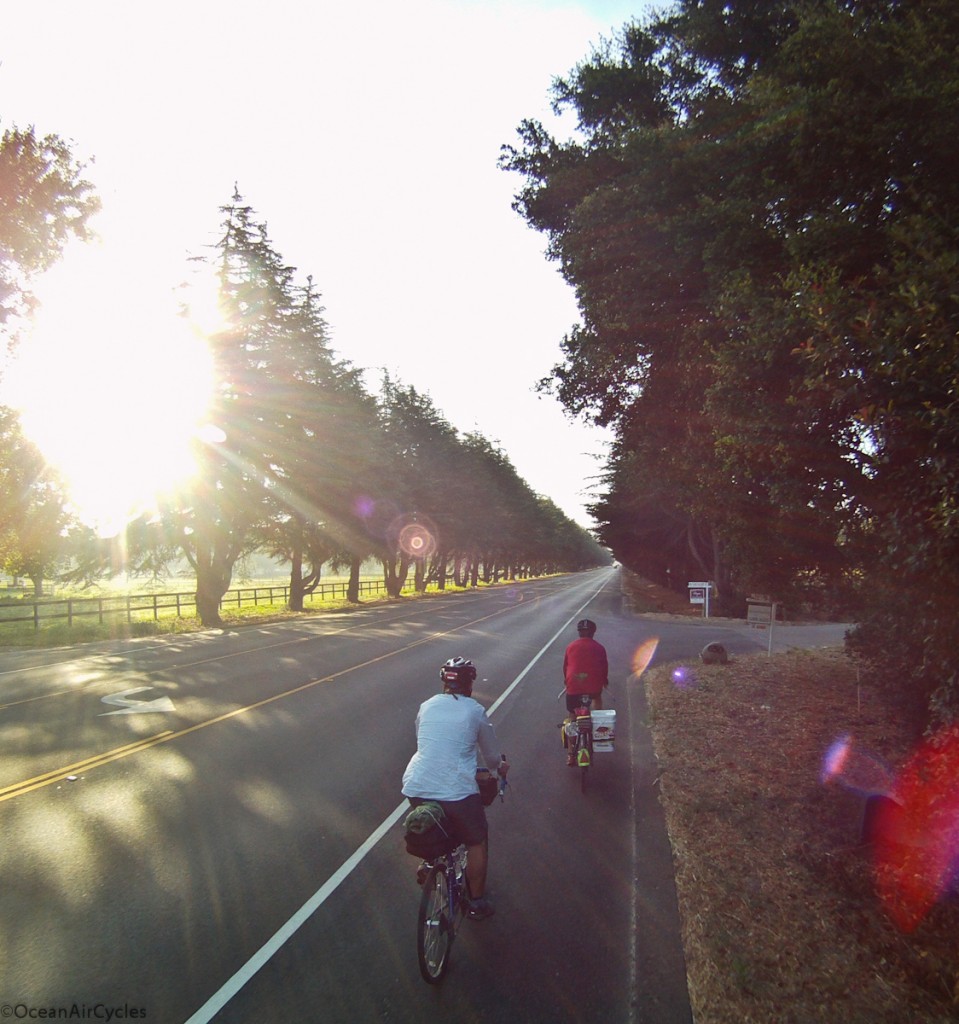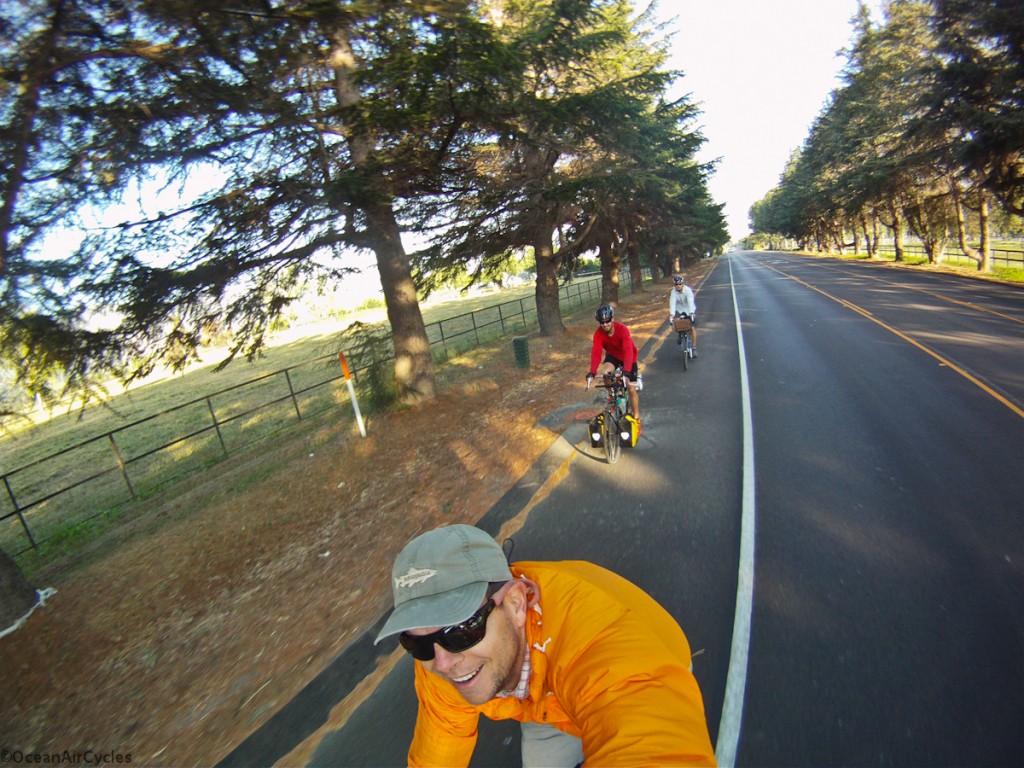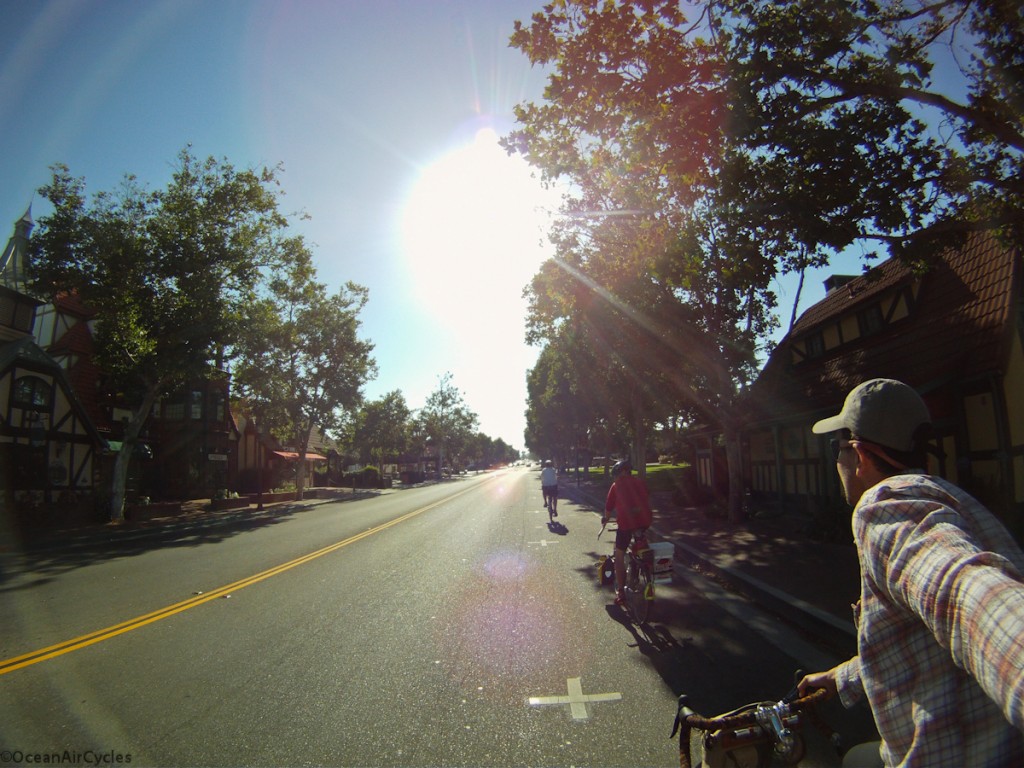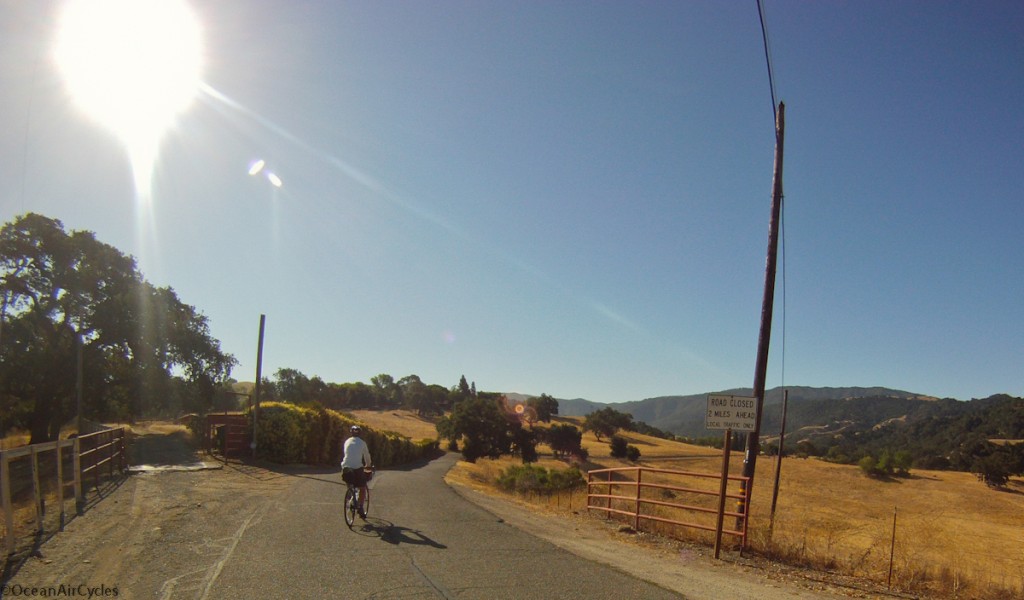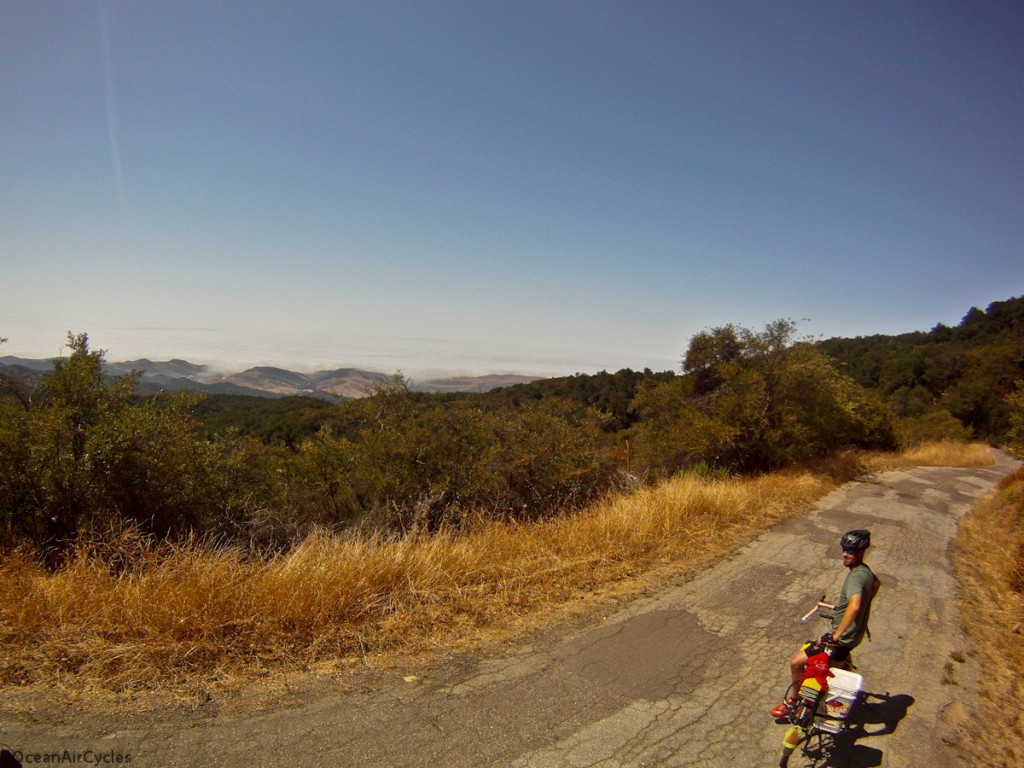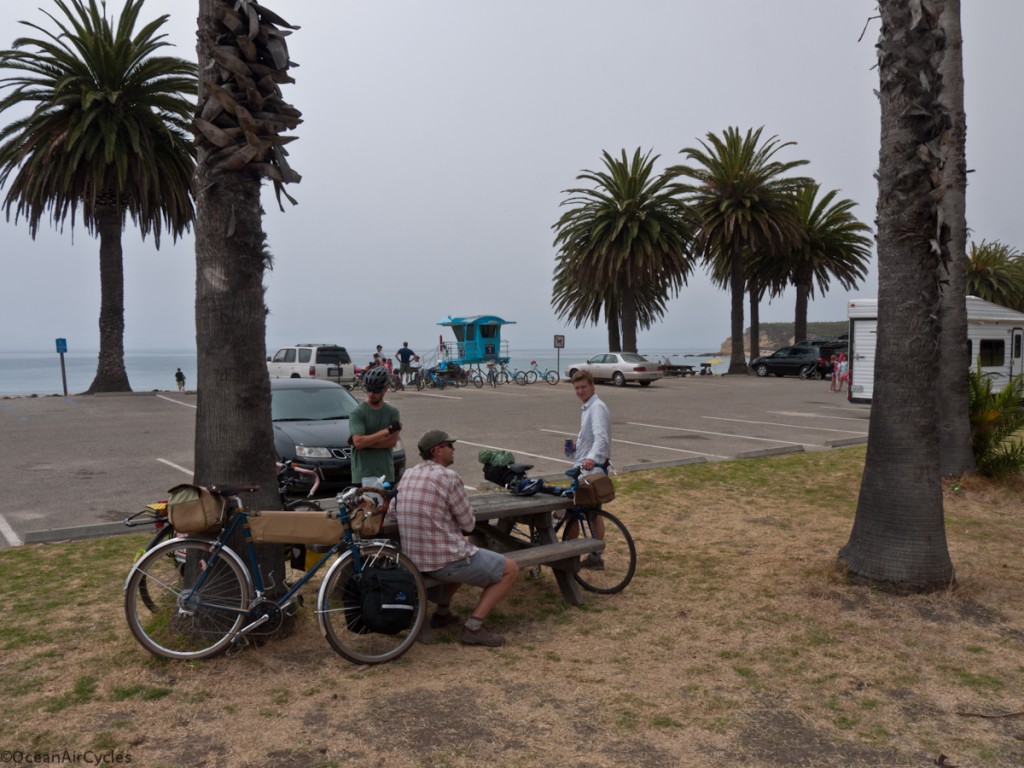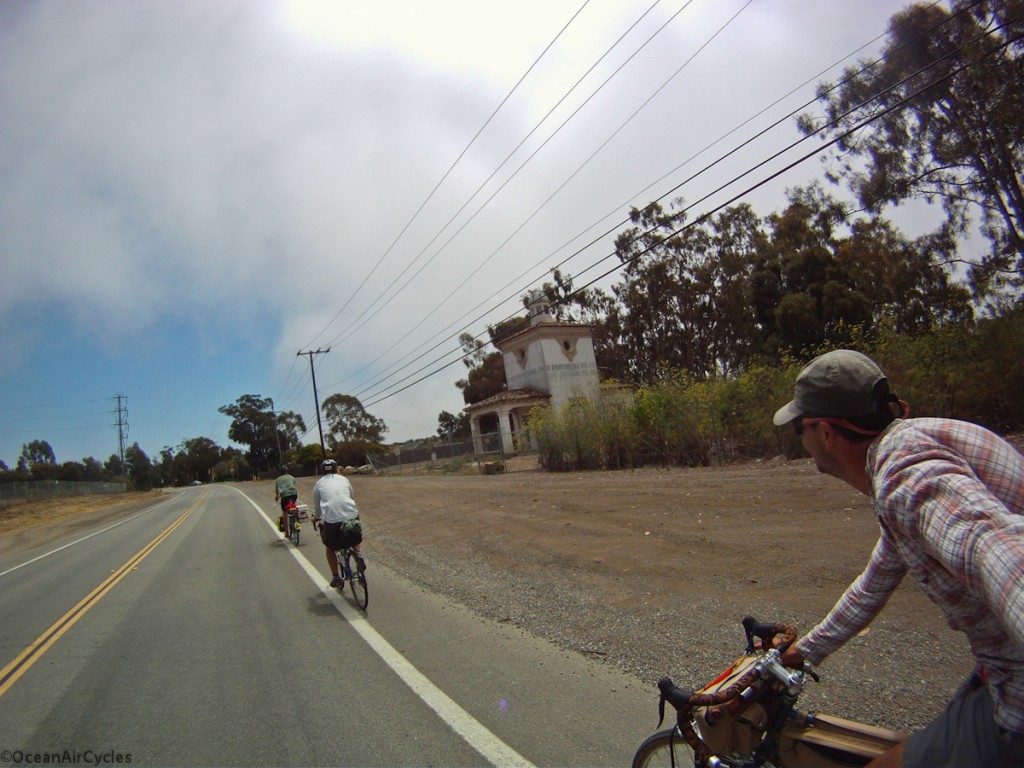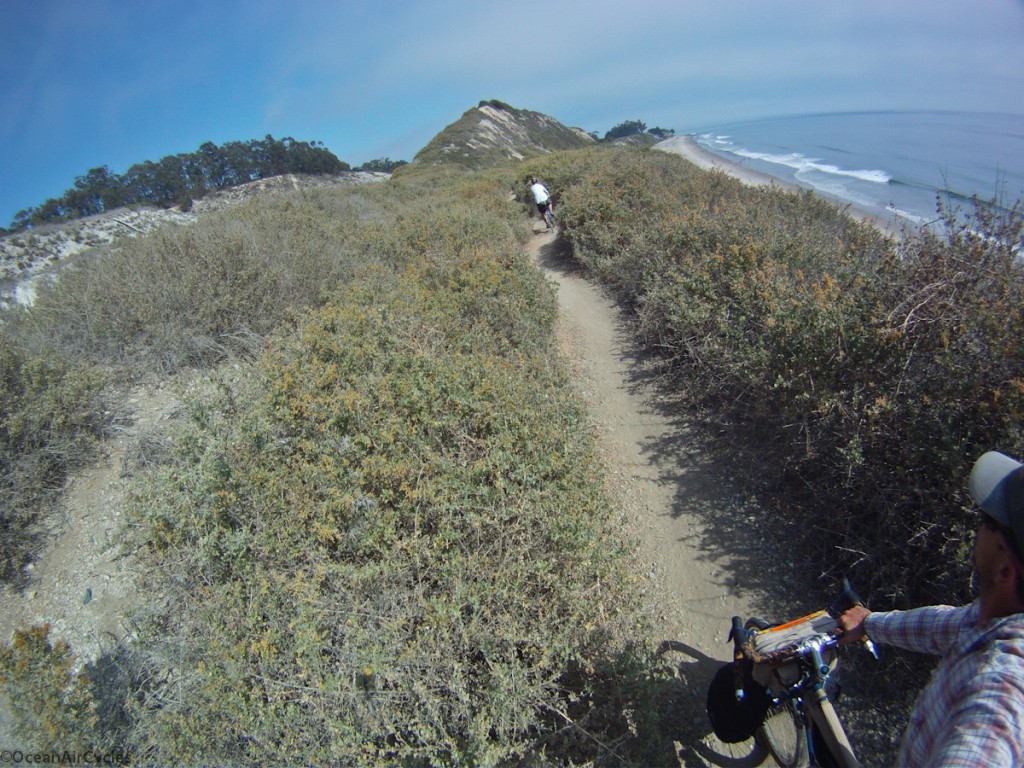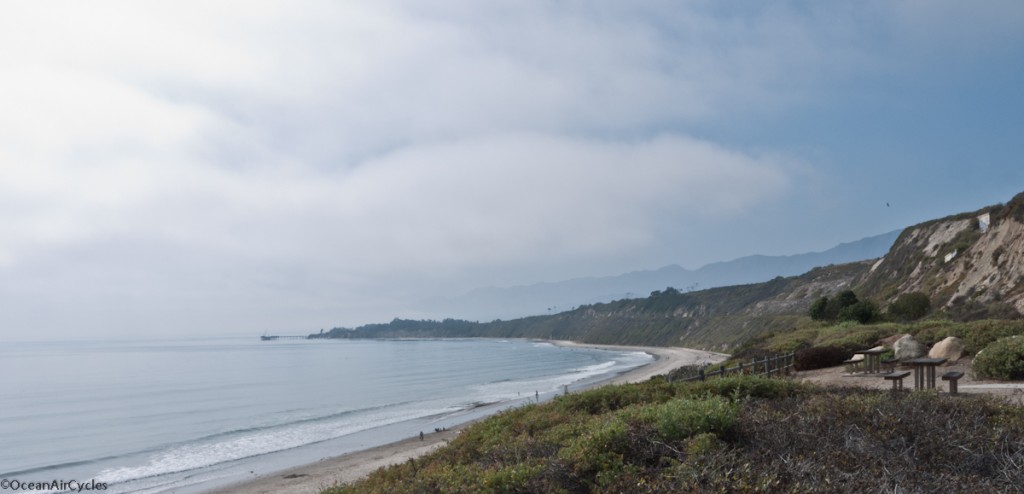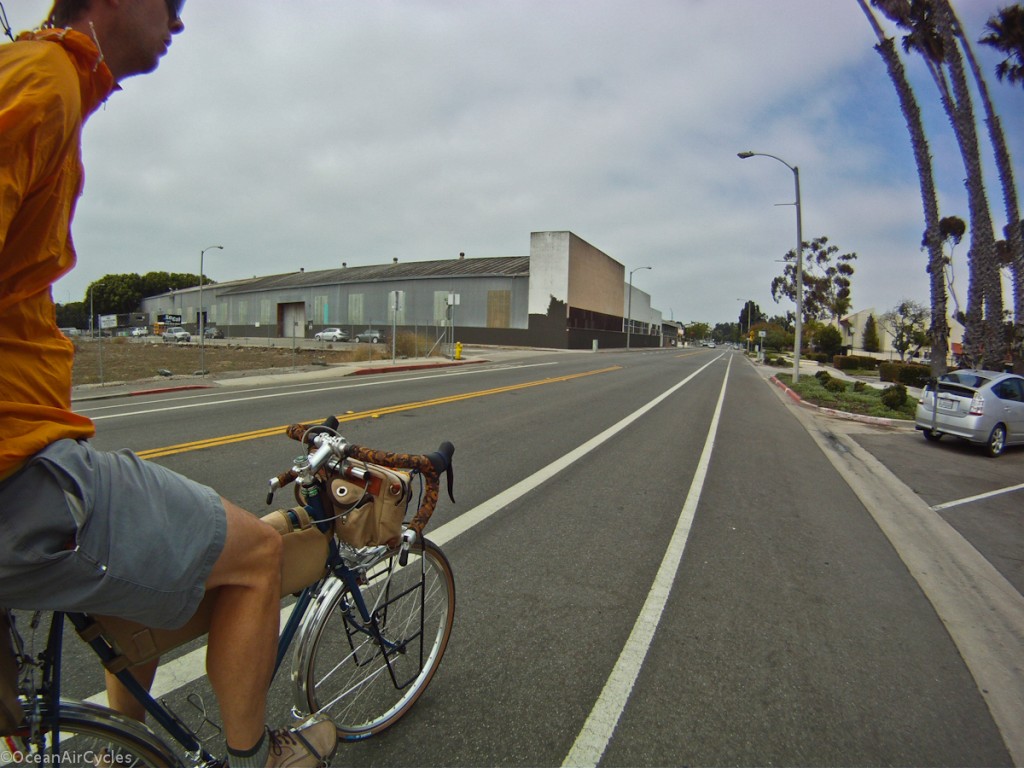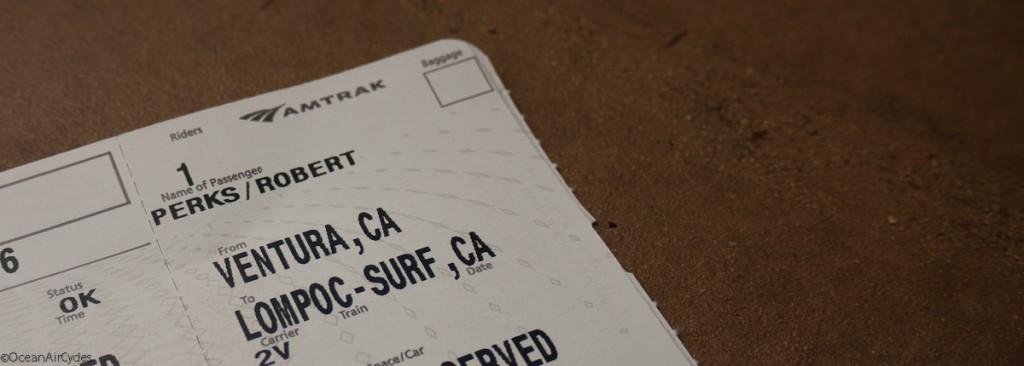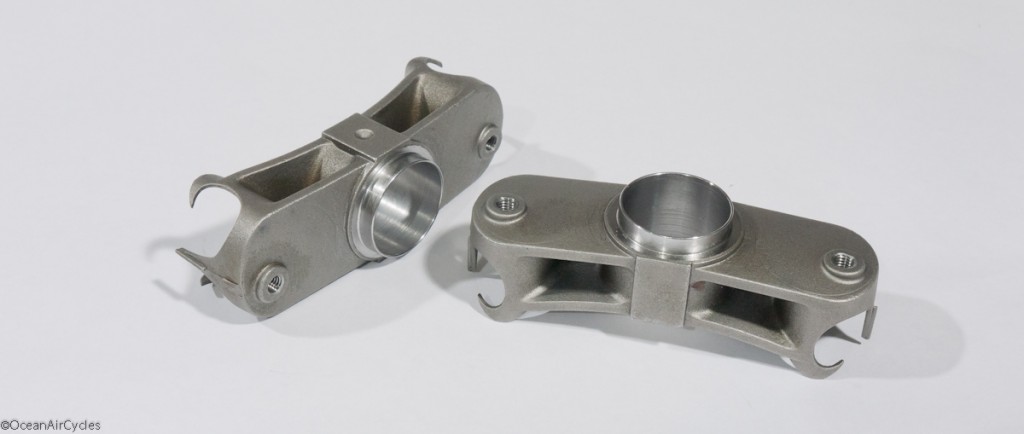This morning while working trough my coffee and web reading I came across a picture that stirred a few emotions, and led me down a path of some further googling, landing at this video that is a few years old:
I am at a juncture with OAC where I either need to sell a truck full of bikes this week, find another round of funding or get a day job. As much as I would like the first option to happen, the later is the most likely scenario. (note: A day job does not mean OAC is going away, just that I need to keep cash flowing to help support the household) That in turn has me thinking about the fact that I will be doing a “job” to meet and exceed somebody else’s expectations. This is part of life, and I happen to be pretty good at it, IMO. While the model here at OAC is based on sourcing as much as possible here in the USA, then having fabrication and finish completed here, that is not the most profitable model most companies are using these days. I hold no illusions as the cost differences of have things made here as opposed to abroad. The labor cost difference is huge, there is a good reason the Rambler costs almost twice what a similar option does, and trust me, it is not a mountain of profits in my pocket. The video above makes Maxport look like a pretty good place to work, nicer than many US factories of the past or present. The thing is, that the word sustainable gets thrown out quite a bit, with an inference towards long term. But what does that mean? Not to poke Maxport in the eye, since I do not know them, but what keeps them or future employees from acting out much the way Giant did as an OEM bicycle builder? What will sustainable mean for their employees in a few years when a similar factory opens up in a different part of the world where the labor costs result in a more profitable product? Will the Vietnamese economists tell their “boomer” generation to suck it up and adapt to the new world why their adapted younger generations struggle to find jobs?
As the making of things has been leaving our shores and cheaper labor draws the work in, economists have warned that we in the US need to re-tool and come up to speed with the knowledge economy, and figure out how to sell services. I think there is a catch to that though. What do we as a country do with the millions of people, multiple living generations, who are by no fault of their own, predisposed to being content worker bees, makers of stuff on a production level? There is a great deal of joy and pride to be found in the making of stuff, even at a production level. There is still plenty of hope for our country IMO:
Quoddy Workshop – Lewiston, Maine from Oliver Wilkins on Vimeo.
What is the catch? Stuff made her costs more, because things here cost more for people to live. Thus the consume is still the one who has to be willing to change the game, make the choice of where and who they want making their stuff. Does made in the USA mean better? Not always, and there are plenty of people and factories around the world who can make some things better, and as we know for a lower price. I still think we need to keep the work at all levels in out own yard. It is a complex economic mess at the moment, but I do know that the factories all over our country are shutting down faster and faster. The river beds in our region are filling even faster with “campers” in search of the temperate climate and easily found foods. Something has to give. It is up to us to make the choices with our wallets that will bring on the change in our own playground. I have no problem with people in other countries, or the fact that they make things. I just like me, my neighbors and countrymen to have a fighting chance at long-term success. Made in the USA does matter, it makes a difference in how many people are shopping in the grocery store as opposed to standing out front with “will work for food” signs
The picture sparking this morning’s rant from the FYIdesigndept blog?
I may have shot myself in the foot as I click on publish, or sparked the fire of change, time will tell. Now back to work, so there will be time for a ride at lunch.

